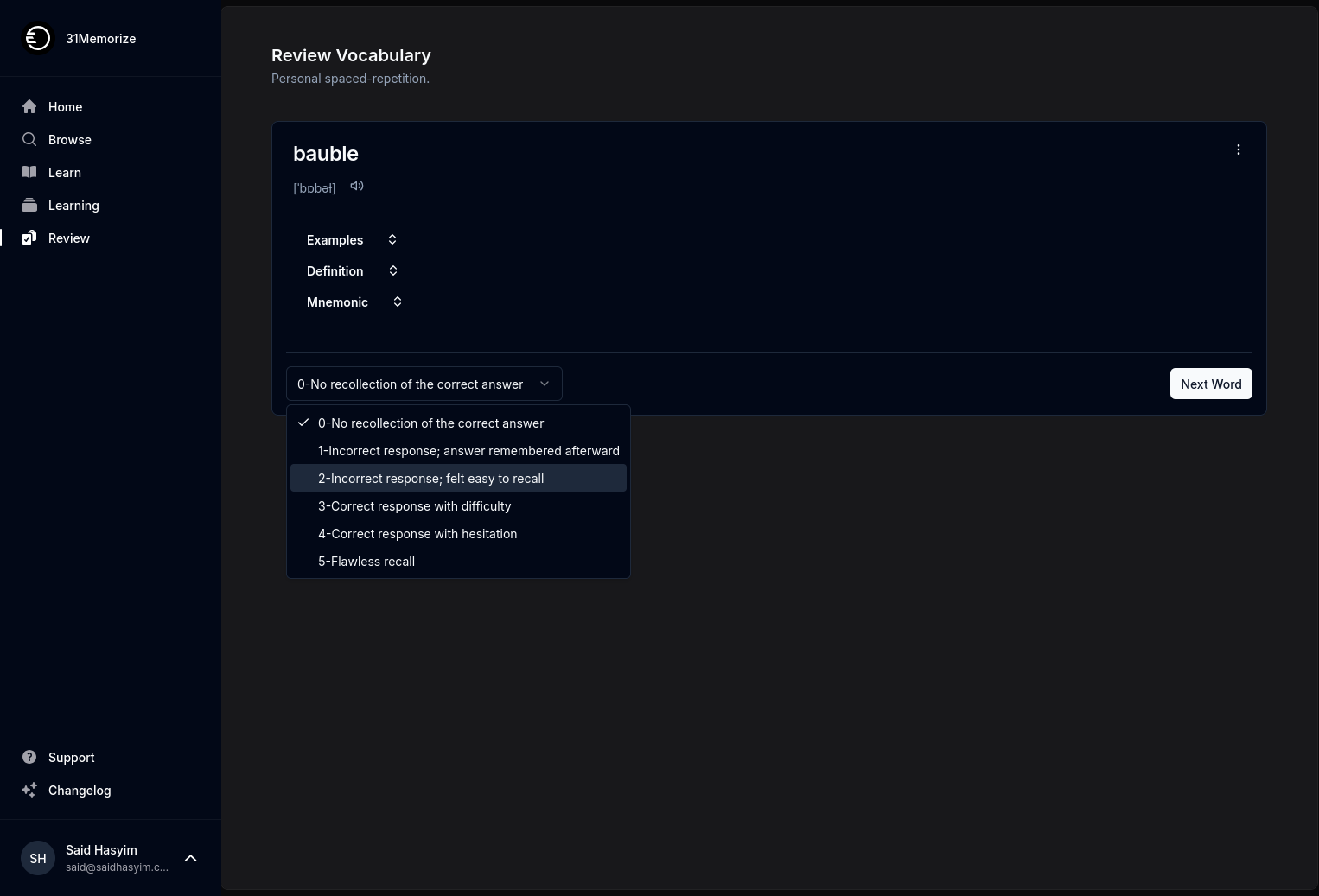Leveraging Data to Understand Your Book's Reception
In today’s digital age, the landscape of publishing is transforming rapidly, and the ability to harness data is becoming a pivotal aspect of understanding a book's reception. For authors, publishers, and marketers alike, analyzing data can provide a wealth of insights into how a book is performing, who is reading it, and what readers think about it. This blog post will explore various methods to leverage data effectively, allowing you to gain a clearer understanding of your book's reception.
The Importance of Understanding Your Book's Reception
Understanding how a book is received can guide future marketing strategies, inform publicity efforts, and even shape your next writing project. Here are some key reasons why it's essential to pay attention to data:
- Market Alignment: Knowing who your readers are can help you align your book with market demands.
- Targeted Marketing: Thoughtful analysis helps identify the most effective marketing channels and tactics.
- Improving Engagement: Insights into reader behavior can enhance ongoing engagement strategies.
- Feedback for Improvement: Real-time data on reader feedback can inform revisions or future works.
The Types of Data to Consider
1. Sales Data
Sales figures are the most direct indication of a book's popularity. Tracking data points such as:
- Units Sold: Total number of copies sold over specific time frames.
- Sales Trends: Tracking sales over time can reveal patterns, such as seasonal spikes or drops.
- Channel Performance: Understanding where your sales are coming from (online, brick-and-mortar stores, e-books) can refine your distribution strategy.
2. Review Data
Reader reviews, whether on e-commerce platforms, personal blogs, or social media, provide qualitative data about how a book is received:
- Review Count and Ratings: The number of reviews and average star ratings reflect general reader sentiment.
- Qualitative Analysis: Analyzing the content of reviews allows you to identify common themes in reader feedback—what they liked, disliked, or were confused about.
3. Social Media Engagement
Social media platforms are rich data reservoirs. Tracking engagement metrics can help gauge a book's cultural footprint:
- Mentions and Hashtags: Monitor how often your book is discussed using specific hashtags across platforms like Twitter, Instagram, and TikTok.
- Sentiment Analysis: Tools can analyze the sentiment behind social media posts, providing insight into reader perceptions—whether positive, negative, or neutral.
- Audience Growth: Tracking follower growth during key marketing campaigns can highlight which periods were most successful.
4. Reader Demographics
Understanding who your readers are can inform your marketing and writing:
- Age and Gender: Analyzing the demographic breakdown of your readers can tailor your messaging.
- Geographic Data: Knowing where your book is most popular can help target regional marketing strategies.
5. Online Behaviour
Tracking how readers interact with your book online gives insight into their engagement level:
- Website Analytics: Use tools like Google Analytics to monitor traffic to your author or book website. Metrics such as time spent on the page and bounce rates indicate how well the content resonates with readers.
- Email Engagement: Analyzing open rates, click-through rates, and subscriber growth from newsletters can improve your communications strategy.
Tools to Leverage Data
While discussing data analytics, it's essential to highlight that many tools can assist in gathering and analyzing this information. While we won’t promote any specific product, here are categories of tools to consider:
- Sales Tracking Software: These can consolidate sales data from various retailers into a single platform.
- Social Media Analytics Tools: Platforms like Hootsuite and Buffer offer insights into engagement on social media.
- Survey Tools: Conducting reader surveys can provide unique insights, especially if you ask targeted questions about their preferences and feedback.
- Review Aggregators: Services that collect reviews from various sites allow you to see a comprehensive picture of reader reactions.
Best Practices for Data Analysis
Be Consistent: Regularly check your data rather than waiting for significant milestones, allowing for real-time adjustments to strategies.
Combine Different Data Types: A holistic approach will yield richer insights when you integrate sales data with social media trends and reader feedback.
Act on Insights: Use what you learn from data analysis to inform marketing tactics, outreach efforts, and future writing projects.
Stay Ethical: Always respect privacy guidelines when collecting and analyzing reader data.
Conclusion
Understanding your book's reception through data analysis is no longer a luxury—it's a necessity. By leveraging the various data types available, you can gain invaluable insights that shape not only your current book's success but also your future writing endeavors. Engaging with data may seem daunting at first, but by starting small and building upon the insights you gather, you can inform practical decisions and elevate your presence in the literary world.
Dive into the data, explore the trends, and let your findings guide your journey as an author. With the right approach to leveraging data, you will not only understand your readers better but also enhance the overall impact of your writing.
